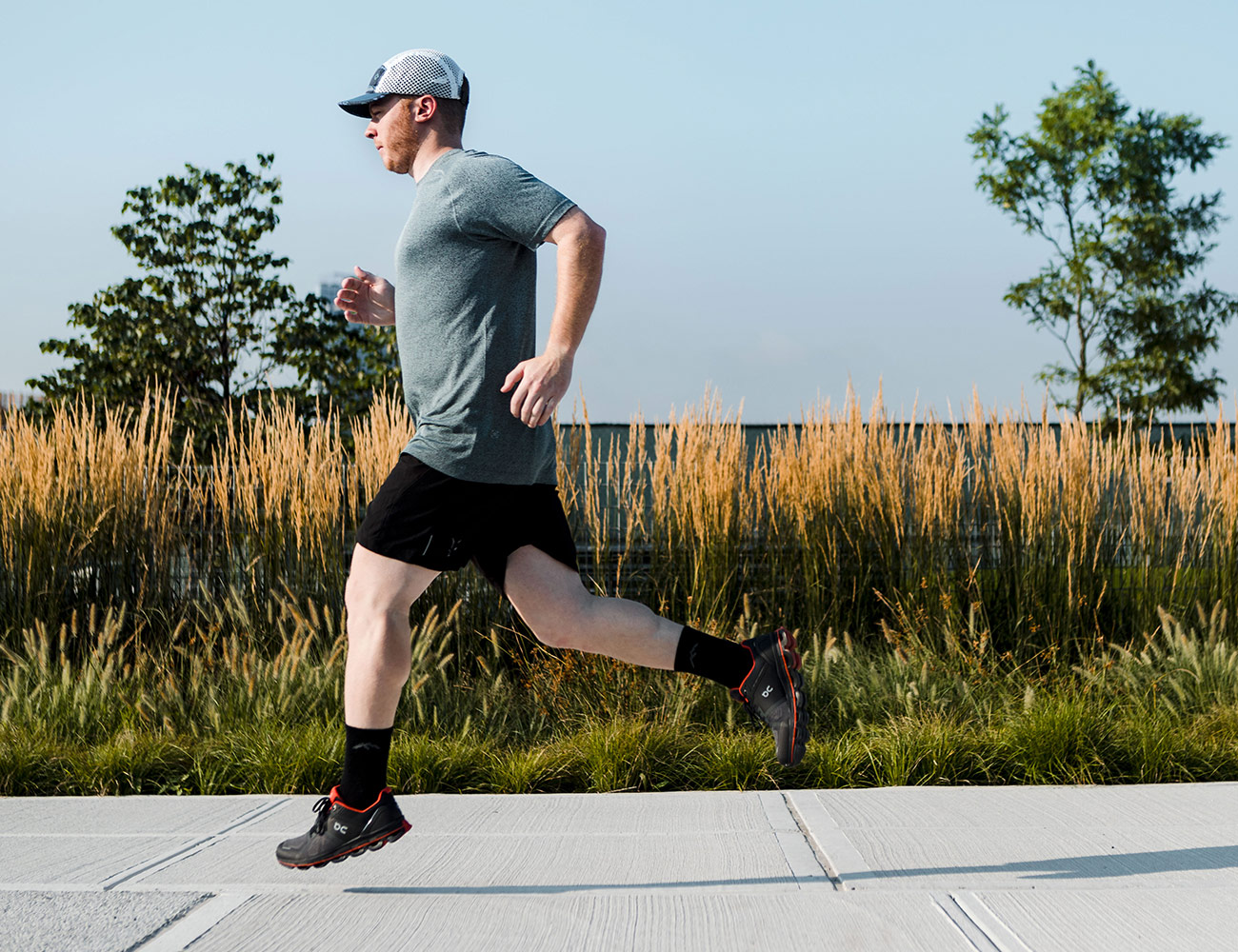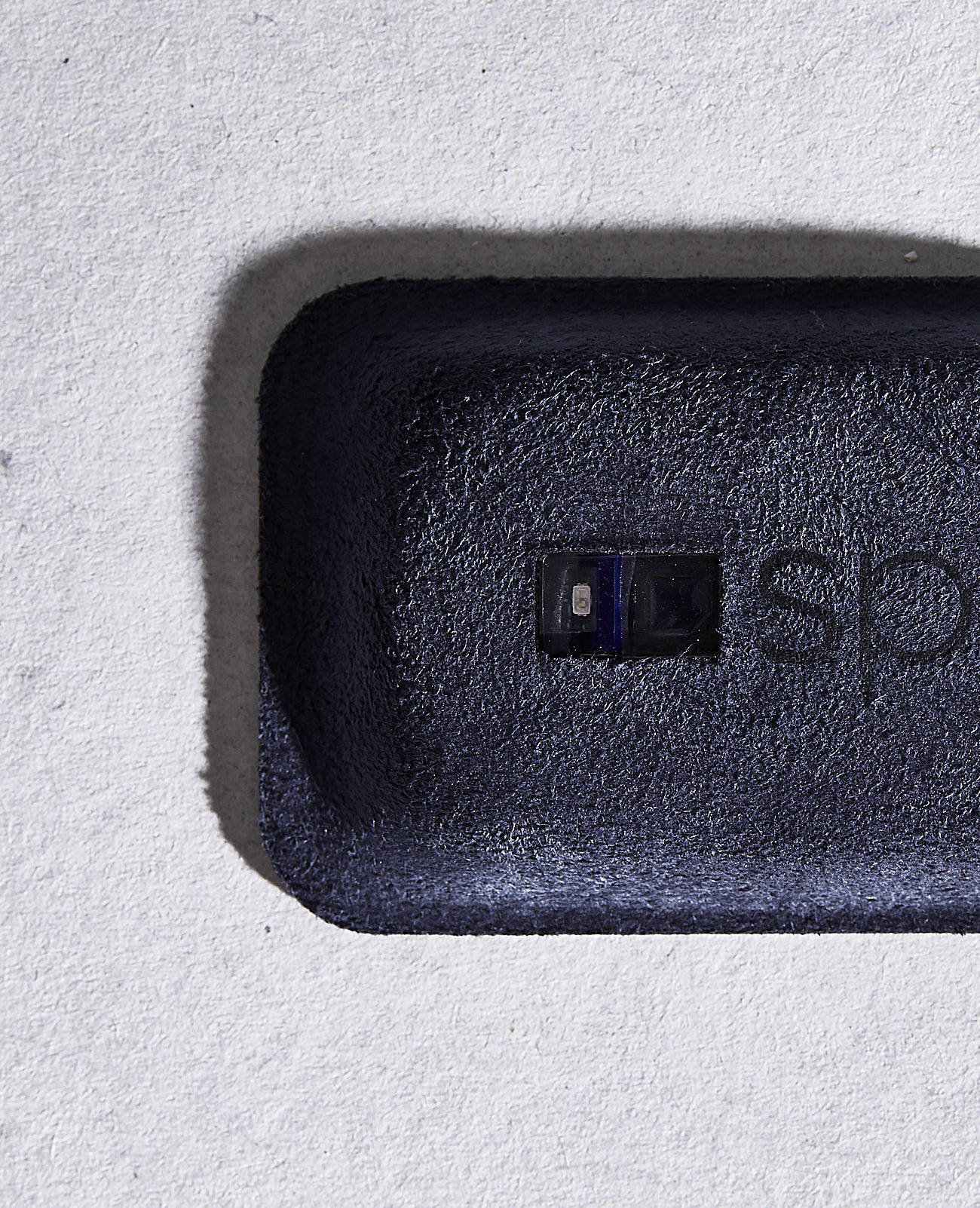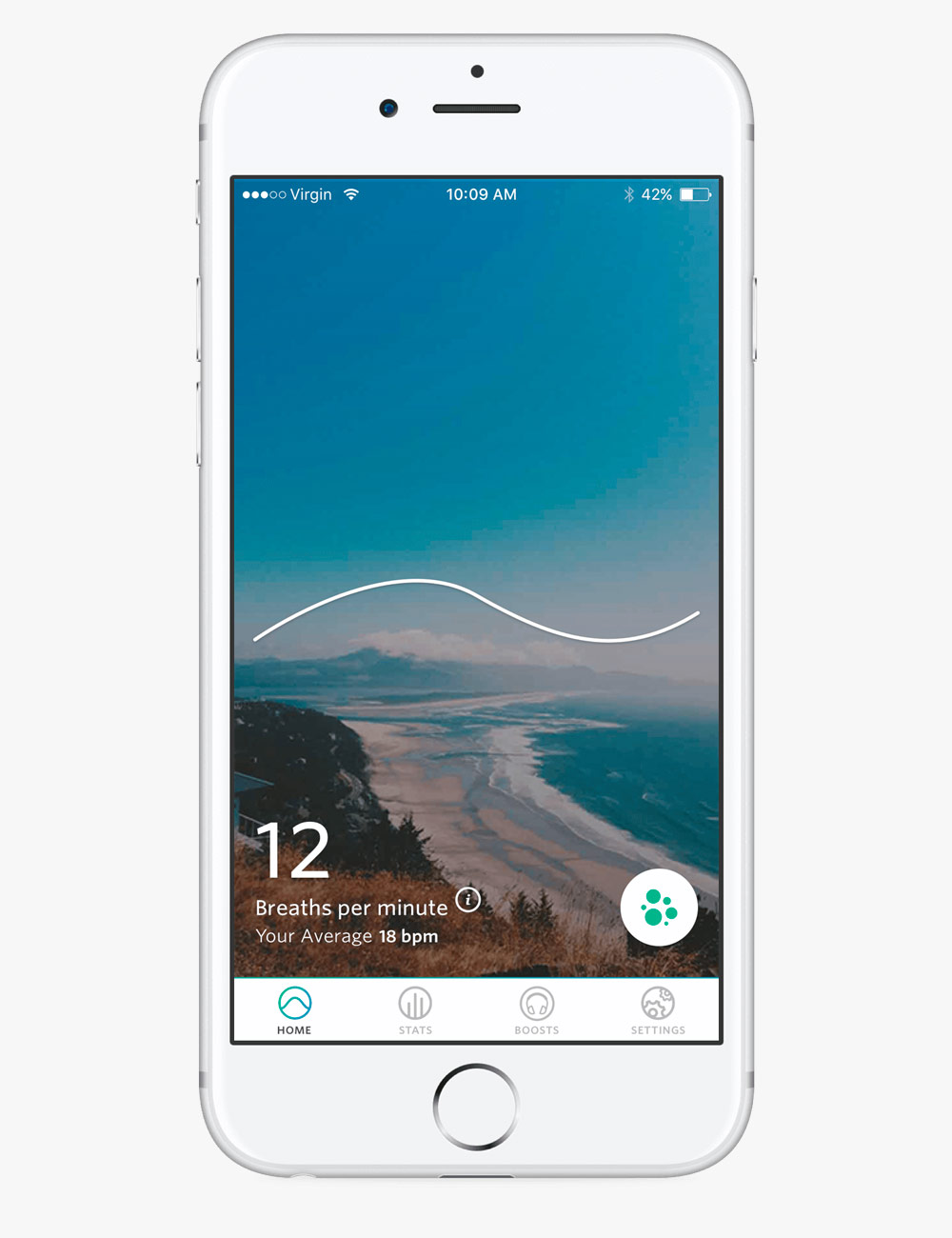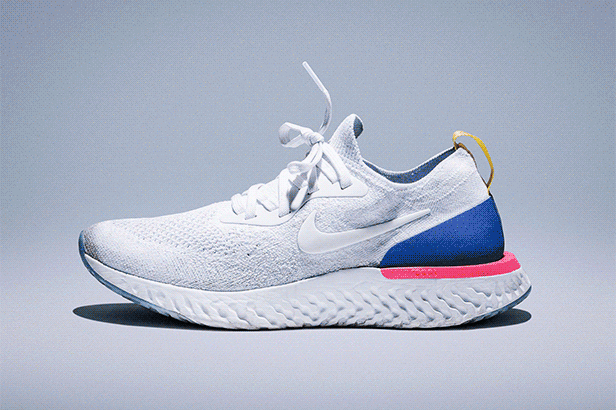Your breath is a powerful tool. Studies have shown that your breath can help control your response to stress, thus helping with your physical and mental health. While breathing can help calm your body physically, learning your body’s stress cues enables you to respond more accurately and calmly to stress. That’s the premise behind Spire’s Health Tags — a breath tracker that monitors the rhythms of your breathing. It can show when you’re stressed, tense, calm and focused, and all in a dog-tag-sized sticker that attaches to your clothing.

The Good: Spire’s Health Tags are small, a breeze to apply and simple to use. It takes seconds to sync your data, and the app gives you as many or as few notifications as you would like. Just peel off the sticker from the back of each tag and press and hold on your boxers or pants waistband. You can wash and dry the tag for up to two years. It’s invisible once on and doesn’t bother those with sensitive skin (in my experience).
Who They’re For: Built for those who are obsessed with their health, this two-inch by one-inch tag also appeals to those who are interested in fitness data but can’t be bothered to wear something on their wrists. If you’re not a Garmin, Apple or Suunto watch lover, we understand. Seiko and Rolex guys will appreciate the wrist space this tracker provides. If you’re getting into monitoring your health data, the Spire Health Tags provide you with active minutes and sleep, two of the most basic (and most needed) fitness stats.
On the other end of the spectrum, health nuts who are obsessed with data and having the latest and greatest piece of technology will appreciate the minute details that went into creating Health Tags. Using your breath, Spire will monitor your calm, focus and tense minutes, sending you reminders throughout the day to work on your breathing if your nervous system puts out a fight or flight emergency. If you’re a superuser of any watch or tracker, these Tags can give you even more information than what you’re getting from your phone right now.
Watch Out For: Health Tags come in a single pack ($50), a three-pack ($129) or an eight-pack ($299). Spire sent me an eight-pack, and throughout the past month, I have yet to stick them all onto clothing. While $299 is comparable to many fitness trackers and less than many GPS trackers, it can be a steep purchase if you’re looking for a way to dip your toes into fitness and health tracking.
I experienced some issues with my sleep tracking during the first week, which then cleared itself up. I was notified that my sleep wasn’t tracking from the night before, but then my sleep data would later register, confusing me and my stats. When I spoke with Jonathan Palley, CEO of Spire, he mentioned this is fixed — as well as a handful of other user-reported bugs. I had to deal with the app not being able to find my Health Tags, but besides one time (while I was writing this), I didn’t have any other Bluetooth connectivity issues.
Once you attach these Tags to your clothes, they are pretty tricky to remove. I was nervous about flying with them because I wasn’t sure how it would show up in security. When I tried to pull it off before my flight, I couldn’t get the Tags to move an inch.
Alternatives: There aren’t that many apps or trackers that base everything off of your breathing alone. For sleep tracking, you can try the Nokia Health or iFit, but both rely on movement and heart rate. Apple, Garmin and Suunto watches all rely on wrist-based heart rate, which pales in comparison to the amount of data gleaned from your lungs and breath rate.
Review: When I first heard about Spire’s Health Tags, I was incredibly skeptical. I test a lot of wearables, each boasting new stats and updated technology that’s guaranteed to help me become faster, stronger and more aware of every single movement I make. The Spire Health Tag is the first tracker I’ve tested that focuses solely on my breath. For years, I’ve heard whisperings of the data my breath can tell me. Breathing is tied pretty closely to mindfulness, and sleep, but developers and tech companies haven’t quite bridged the gap between fitness, health and breathing — until Spire.
About a month ago, Spire sent me the eight-pack of trackers, and I hopped on the phone with them to get the low down. I learned how studies have shown that sensing respiration patterns can reduce symptoms of distress and that negative affect generally decreases while using something like this. I opened up my package of eight and attached them to my clothing. Pop the Tag out of the packaging — set in there like a pack of gum — peel off the back sticker and press firmly into the waistband of your pants, underwear or pajamas, then forget about it. The tracker needs to be in contact with your core to track breathing and movement. The entire process, including downloading the app, and connecting all eighty of the Tags took all of five minutes.

As for how it works? “What we measure is called thoracic expansion, which is what happens when you take a breath,” Palley says. “The muscles that facilitate breathing are below your rib cage, and those expand and contract, so our sensors sense that force.” From that force, the Tag can differentiate between your calm, tense, focus and sleep stages. “When you’re tense, you breathe faster, and more erratically. Your brain is preparing for stress and sucking in oxygen, so you get a very erratic breathing pattern.” When you’re focused, you’re actually in a state of stress, but it’s good stress. “When you’re in the zone and feeling good [about whatever you’re doing] our bodies are activated, we’re not in a calm state, but because we’re focused and confident with what we’re doing, our breathing is faster but very stable. The variability is low.” And then when you’re calm, your breathing is slow with a low variability rate.
After a month of using Spire, I was able to draw a correlation between my meditation moments and my minutes of calm. I could also feel the buzz of the Tag against my core when I started getting tense — which happened during meetings, conversations and other moments that I wasn’t always aware of, until I felt the vibration. Each time I was reminded to start breathing deeper and slower. While I still haven’t figured out the key to lowering stress, I do like that the Tags help me track when I am stressed, even if I don’t realize immediately.
Beyond your mental state, the Tags can also tell when you’re exercising (activity) and when you’re sleeping. The Spire Health Tags use respiratory rate variability and breath rate as well to alert you to a change. During sleep, ‘your breathing becomes more regular, and the variability of breathing goes down as you fall asleep,” Palley says. “For many reasons, we’re more accurate than wrist trackers because we look at the shape of your breath.” It’s how you breathe in and out in a certain way. “That shape becomes regular, and once you cross a certain threshold, you’re asleep,” Palley added. REM and deep sleep are slightly different. “When you go into REM sleep, your breathing rate changes dramatically, the shape of your breath stays similar, but the rate is affected by your dreams. Your breathing reacts to your dream,” Palley notes. Think about those times you fall asleep and then feel like you’re falling and quickly jolt awake. Your breathing is stilted at that point. In a deep sleep, your breathing is perfectly regular. “You’re the perfect metronome,” Palley explains. At the end of every sleep (shown in the app as the day before) you can compare your awake, light sleep, REM sleep and deep sleep minutes to your average, as well as look at how many times you wake up during the night.
While the app doesn’t provide me with any takeaways per say, I sign up for all the LiveInsights that I can. Between three categories (stress, sleep and activity), I register to get notifications every time my breathing gets tense, tips about maintaining healthy sleep habits as well as a notice if I’m sitting for too long. The overall picture of my health is one that doesn’t compare me to anyone else, rather, the app provides me with my averages, so I can evaluate and think about what I want to do to change my stress-inducing habits. In the app right now, there’s no way to look at a stressful moment and record it as something like ‘review’ or ‘conversation with the boss,’ but when I asked Palley about future integration, he sounded hopeful. “Right now, if you go into the detailed view, we have these meaningful moments, but we are working on integrating it into calendars.” Right now, you have to compare it with your calendar, but an update is in the works to add that automatically.

Verdict: If you want a tracker to set and forget, this is the one for you. While I’m a long time fan of my Apple Watch, I never wear it at night, so having the sleep data with the Tags opens up a new dataset rife for comparison. The Breathe feature on my Apple Watch is one of my favorite parts, so having an entire app dedicated just to my breath was fascinating and helpful. Tags can help you establish patterns and evaluate what triggers stress, so you can get to the root of the problem. The Tags buzzed during obvious stressful times — interviews and reviews, but also during conversations I wouldn’t have customarily categorized as stressful. It helped me learn and ‘tag’ those times, plus was a reminder to start breathing more normally again to slow my fight or flight response.
If you’re someone who continually craves more data about your health, the Spire Health Tags are a solid place to start. The stats the Tags provide are way more thorough and unique as compared to many other fitness trackers. I’m especially excited to watch as the app continues to update and change to see what new features the Spire Health Tag will offer.
Spire provided this product for testing purposes.
Hot takes and in-depth reviews on noteworthy, relevant and interesting products. Read the Story





